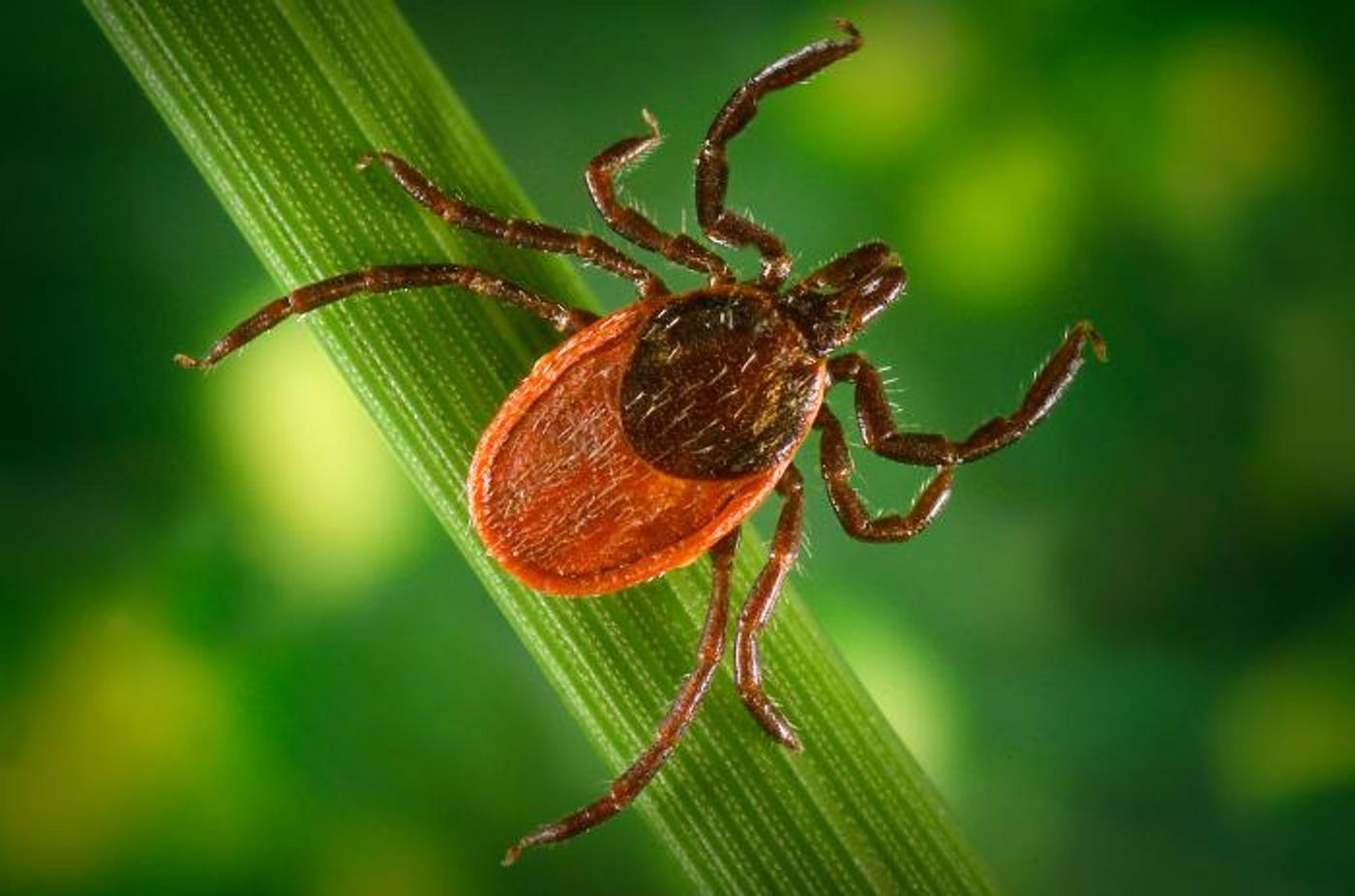Another Piece of the Lyme Puzzle is Solved
Over the past 20 years, Lyme has gone from a virtually unknown disease to the most reported vector-borne illness in the US. Not only are more people being infected, but the disease has also been moving into new areas. It's transmitted by blacklegged ticks that are carrying Borrelia burgdorferi bacteria (Borrelia mayonii bacteria in these ticks may also cause Lyme but they are rarer). Researchers have been trying to learn more about how these bacteria cause disease, how to detect them, and eliminate them, but it's been challenging. Now, scientists have found another clue to the mystery. Reporting in PLOS Pathogens, they showed that a Borrelia burgdorferi-associated molecule plays a role in causing inflammation in Lyme disease patients.
"This discovery furthers our understanding of how Borrelia burgdorferi causes inflammation and disease," said lead study author Mari Davis. "It is a testament to how unique that this bacterium is and how we need to keep working to understand more about what is going on behind the scenes in order to develop future diagnostics and treatments."
Most bacteria, including B. burgdorferi, protect themselves with a cell wall that contains peptidoglycan, which forms a mesh-like sac.
Virginia Tech Assistant Professor Brandon Jutras and his lab determined that the peptidoglycan of B. burgdorferi was probably contributing to the inflammation and arthritis commonly seen in Lyme patients. The B. burgdorferi peptidoglycan can linger in the body weeks or months after the initial infection, and these leftovers continue to induce inflammation and cause pain.
Now, Jutras and colleagues have suggested that a protein that's associated with the inflammatory B. burgdorferi peptidoglycan, called Neutrophil Attracting Protein A (NapA) acts to amplify Lyme-associated inflammation. NapA seems to recruit immune cells called neutrophils to the site of inflammatory peptidoglycans.
"NapA is another piece to an ever-evolving puzzle; it seems to play a basic role in everyday bacterial life by helping the overall protective properties of peptidoglycan, but it moonlights as a devious protein capable of tricking our immune system," explained Jutras, an affiliated faculty of the Fralin Life Sciences Institute.
"We believe NapA's devious side has two modes: Early in infection, when bacteria are dying and releasing NapA and peptidoglycan, it acts as a decoy to attract immune cells, which allows the viable bacteria to escape and cause disease. In later stages of disease, it may act to attract immune cells to peptidoglycan, a molecule capable of causing inflammation and arthritis," Jutras said.
Using a microfluidic chip with pure peptidoglycan on one side and peptidoglycan plus NapA on the other, researcher Caroline Jones (now an Assistant Professor at the University of Texas as Dallas) showed that neutrophils prefer to migrate toward NapA.
"From a prevention and diagnostic perspective, it's possible that the combination of peptidoglycan and NapA could be a novel target for diagnostics," Jutras said. "It could, in theory, be a possible avenue of vaccine development as well. These are big-picture possibilities that we are actively pursuing. One thing that we know for sure is that this finding furthers our understanding of how peptidoglycan can drive Lyme arthritis patient symptomology."
Sources: AAAS/Eurekalert! via Virginia Tech, PLOS Pathogens









